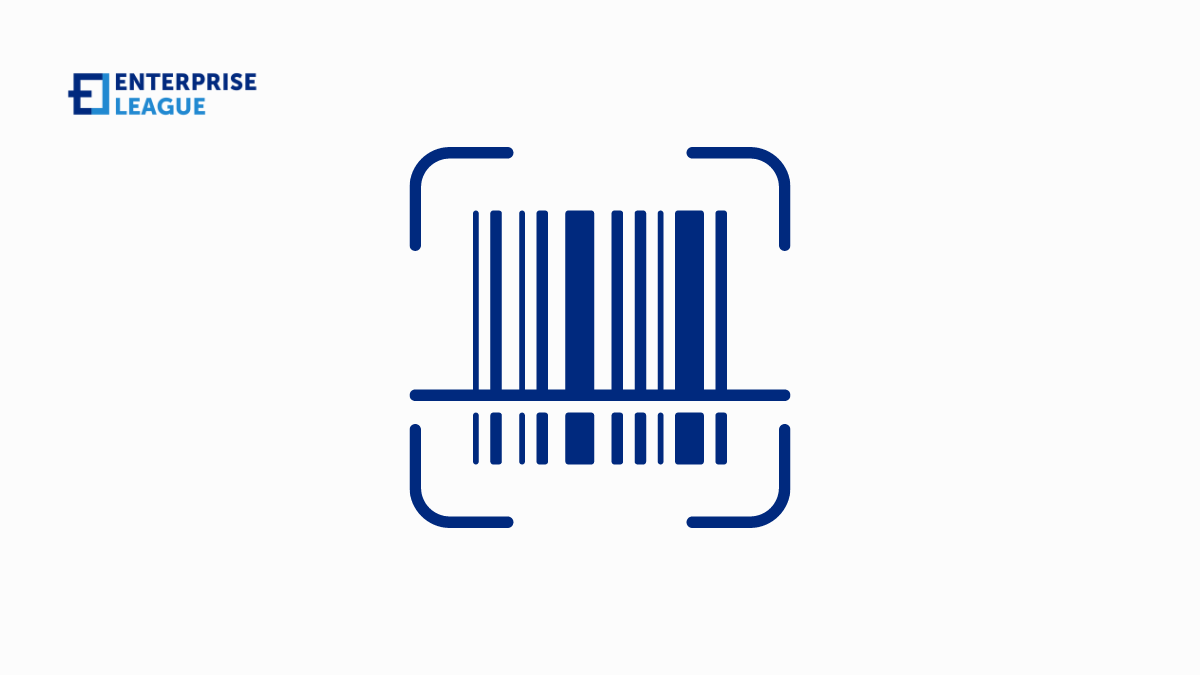The impact of barcode technology on streamlining fixed asset management tracking
March 18, 2024

Traditional asset-tracking methods that rely on time-consuming procedures or spreadsheets can be prone to mistakes and require significant human effort. However, with the introduction of barcode technology, companies now have a tool at their disposal to simplify asset management processes, enhance accuracy, save time, and increase efficiency.
Understanding barcode technology
Barcode technology involves a representation system consisting of lines, typically in black and white colors. These lines encode information about the item they are attached to using widths and spaces between the lines. By scanning these barcodes using scanners or smartphone apps, businesses can quickly access information linked to that asset.
Improving data accuracy
One of the benefits of integrating barcode technology into fixed assets management is the accuracy achieved through automated data capture. Manual entry of asset details is susceptible to errors like typos or inaccuracies in recording information. Using barcode scanning, essential information about assets (such as numbers, purchase dates, and warranty details) is directly captured into a database or fixed assets management software tools without the risk of errors during transcription.
Time savings and efficiency improvements
Barcode technology significantly reduces the time needed to manage assets compared to other methods. Instead of searching through Excel spreadsheets or paper records to locate specific assets or update inventory levels, employees can utilize handheld barcode scanners or smartphone apps to quickly scan barcodes within seconds.
Enhancing inventory audits
Inventory audits are vital for maintaining records and protecting against losses from theft or misplacement. Barcode technology simplifies this process by allowing audits without disrupting operations excessively. By scanning barcodes, businesses can promptly identify discrepancies, investigate any missing items, and take corrective actions.
Optimizing asset maintenance workflow
Effective maintenance of fixed assets is essential for ensuring longevity, minimizing downtime, and preventing losses. Barcode technology supports asset maintenance by providing real-time information on repairs, servicing schedules, warranty expiration dates, and more. Maintenance teams can integrate asset tracking software with barcode scanning capabilities to access records swiftly and proactively carry out tasks.
Scalability and adaptability
The use of barcode technology provides scalability for organizations of all sizes. Whether handling a number of assets or just a few, businesses can easily expand their tracking efforts using barcode scanning without compromising accuracy or efficiency. Additionally, barcode labels can be customized to suit needs and are adaptable to various materials like metal tags or stickers suitable for different settings.
Integration into fixed assets management
Integrating barcode technology into fixed assets management not only boosts efficiency but also leads to substantial cost savings over time. By reducing errors from data entry and streamlining operations, businesses can cut costs related to misplaced or lost assets. Barcode technology promotes asset utilization and upkeep, preventing breakdowns or replacements. Moreover, the time saved from tracking tasks can be used for valuable activities, boosting employee productivity and enhancing overall returns on investment.
Integration with current systems
Adopting barcode technology for fixed assets management doesn’t necessitate an overhaul of existing systems or workflows. In reality, most barcode solutions seamlessly integrate with enterprise resource planning (ERP) software and asset tracking systems, enabling businesses to utilize their current infrastructure. This integration ensures a flow of asset data across departments or systems, facilitating seamless collaboration among teams within an organization.
Improving compliance and reporting
Barcode technology plays a role in ensuring compliance with auditing standards and regulatory requirements by offering updated records. With real-time information accessible through barcode scanning, organizations can quickly generate reports when required during audits or financial reporting processes. Additionally, barcode technology creates an audit trail that assists in tracking asset movements throughout their lifecycle, promoting transparency in inventory management practices.
Conclusion
By improving precision and saving time and effort for workers, integrating barcode technology has become a game changer for organizations aiming for operations and increased productivity levels. By investing in solutions that enhance efficiency through data capture and smooth workflows, companies can transform their asset management practices effectively to achieve greater success in the ever-evolving market landscape ahead.
More must-read stories from Enterprise League:
- Motivating business role models to inspire your entrepreneurial spirit.
- Proven and tested psychological tactics for successful marketing.
- Foretelling: transform your business by predicting future trends.
- Engaging online networking events that you should not miss.
- Creative and profitable outdoor business ideas you should be aware of.
Related Articles
A CTO’s role in business
Let’s see the critical responsibilities of a chief technology officer in driving technological strategy, innovation, and growth for businesses across industries
User-centric design principles: Driving success in business-oriented game advancement
Let’s check out the complexities of user-centric ui ux game design principles and their importance in driving success in business-oriented game advancement.
How cloud technologies are revolutionizing small hospitality businesses
So let’s rifle through the perks cloud technologies provide and give you the motivation to move forward with the next phase of digital transformation.
A CTO’s role in business
Let’s see the critical responsibilities of a chief technology officer in driving technological strategy, innovation, and growth for businesses across industries
User-centric design principles: Driving success in business-oriented game advancement
Let’s check out the complexities of user-centric ui ux game design principles and their importance in driving success in business-oriented game advancement.





